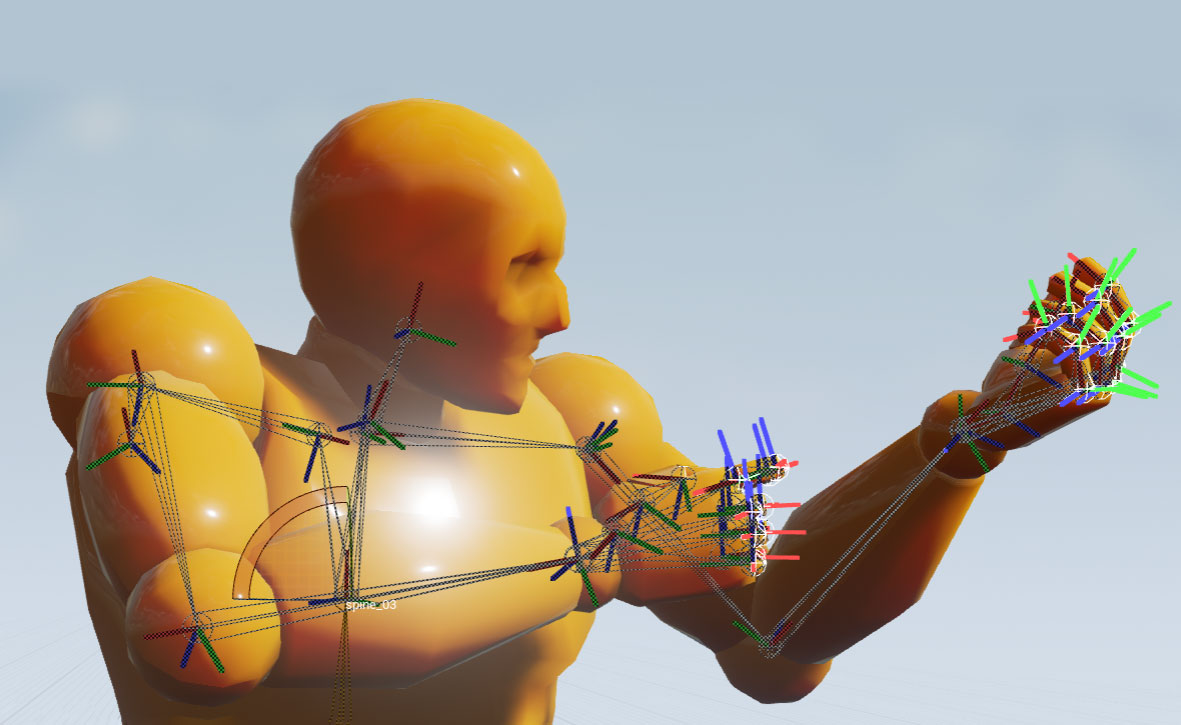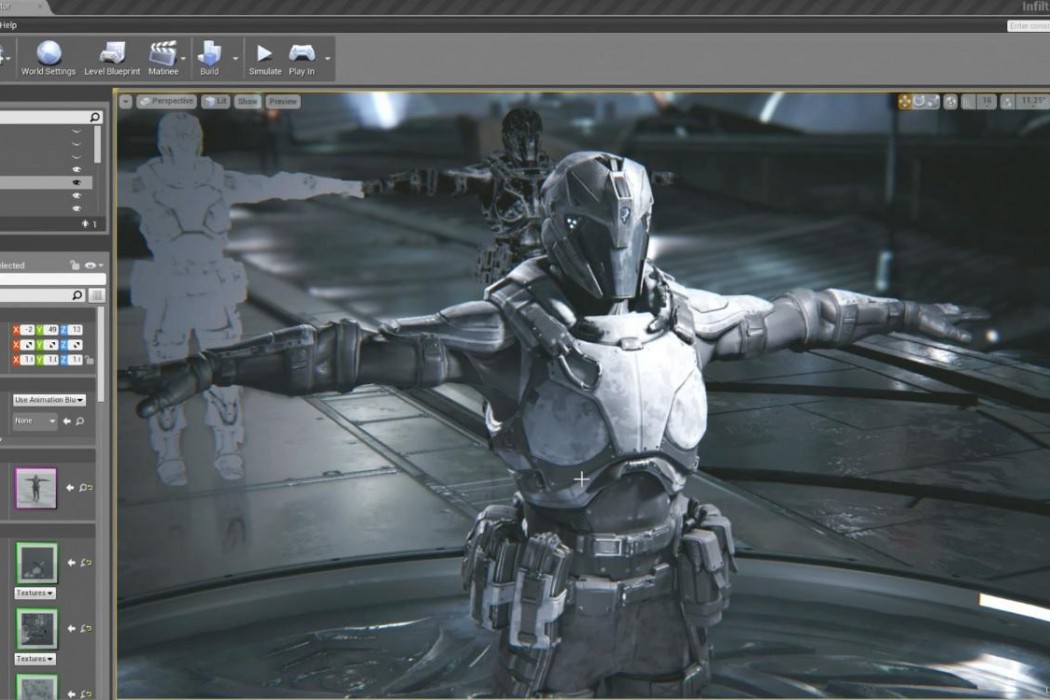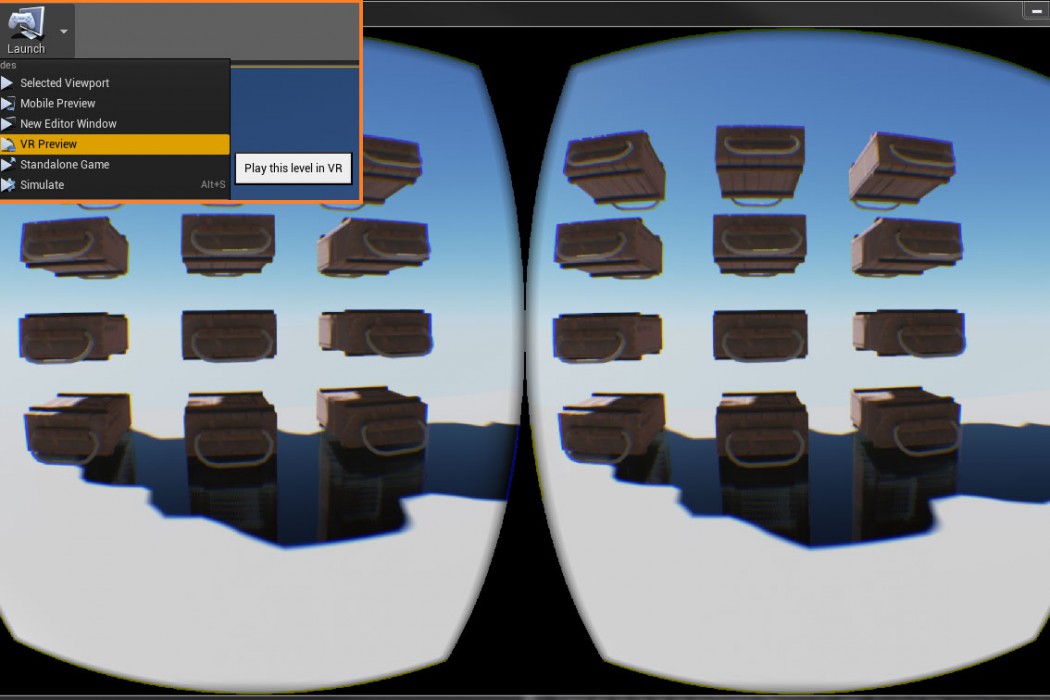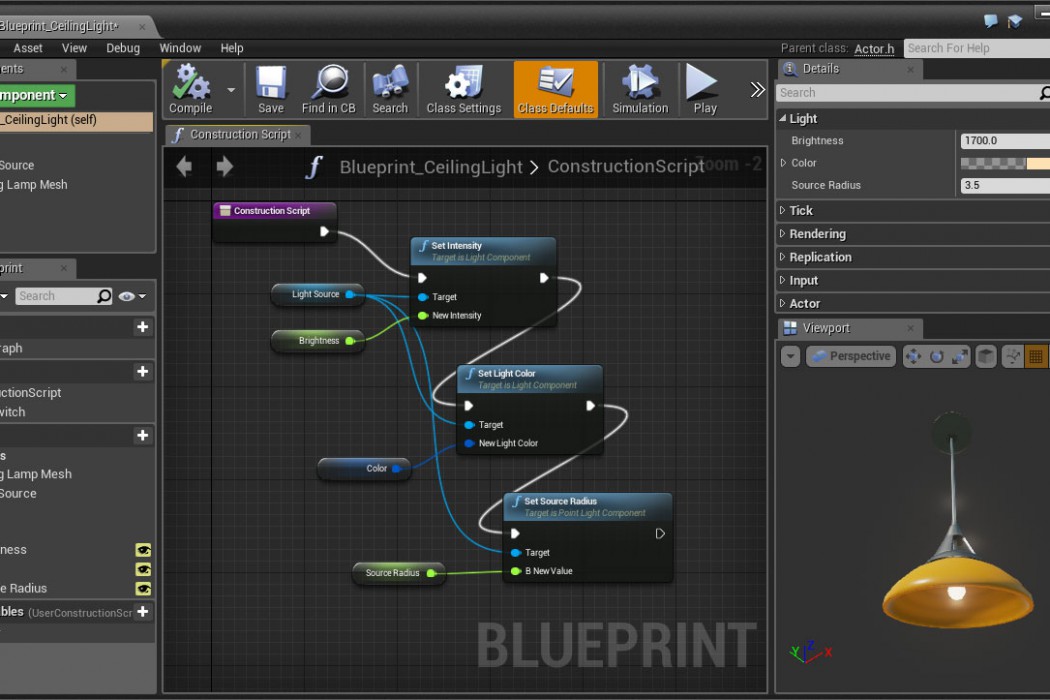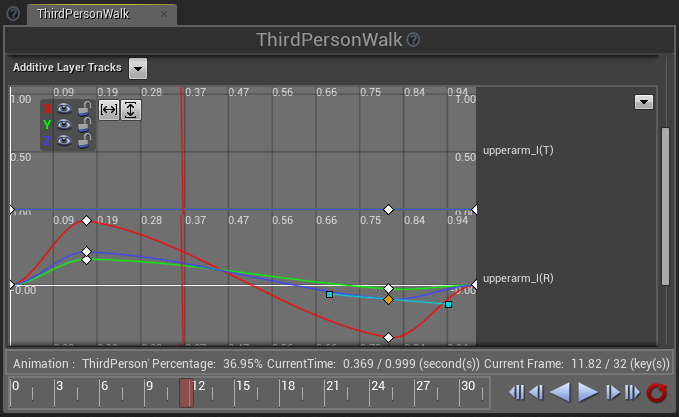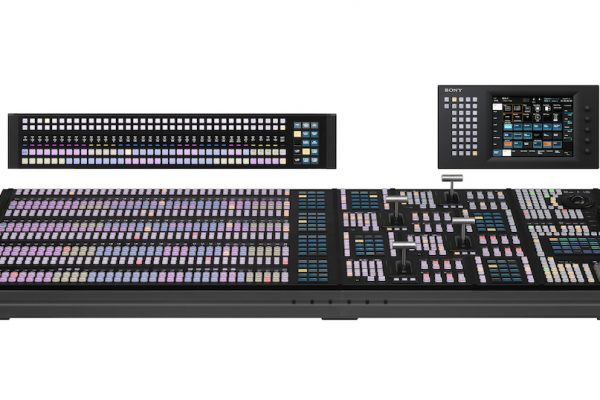One of the best gaming and visual effects creation programs, Unreal Engine 4 is now free to download and use for everyone, without limitations. Additionally, all future updates will also be free to download and use. But, there is a slight catch, for game and app developers.
Epic recently released that latest version 4.7, which included a massive amount of new features and functionality. Including the ability to assemble new actors using components within your level, and the ability for users to create their own custom component types using Blueprint visual scripting or C++.
The software, most often used for game design, also features VFX and cinematic systems, for those working in CGI. The latest update also includes the ability to create physics based animations.

Asset Importing in UE4.
We’ll take a closer look at the new improvements in 4.7 later in the article, but first, let’s discuss that catch.
If you use UE4 to create a game, app or program and then release that creation, Epic requires a 5% royalty on gross revenue, after the first $3,000 is made. Which means, for larger gaming companies like Square Enix or Rockstar who use the software, that’s quite the royalty cut being applied across the board. However, for indie game developers, who don’t stand to make a huge amount of money, this is brilliant news.
Filmmakers, however, get the best deal. For film, video, animation or broadcast, no royalty payment is required. So long as their work doesn’t require the embedded use of the source code or servers running UE4 (the way an mmorpg or game would). Check out the terms listed below:
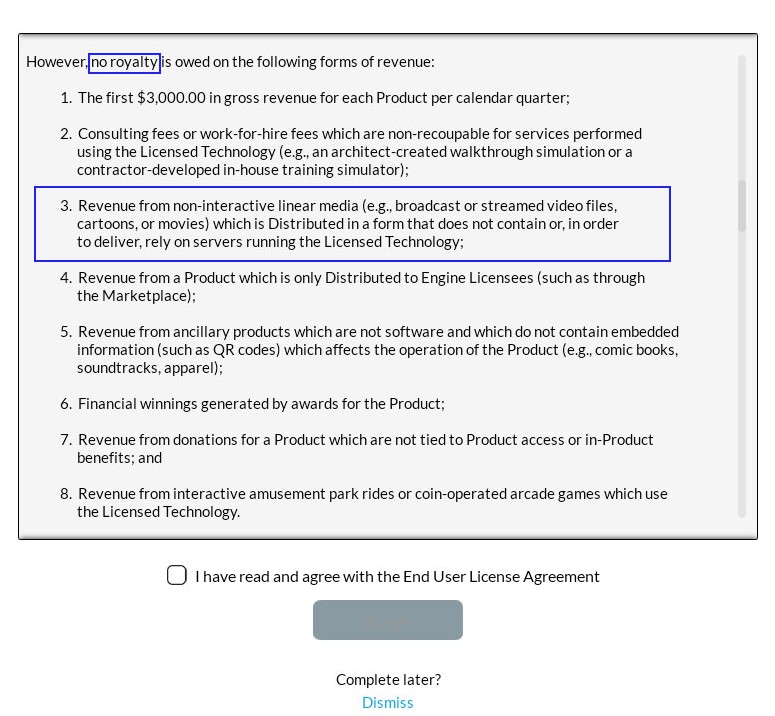
For the release of Pacific Rim, Guillermo del Toro collaborated with Legendary Pictures to create an entire virtual reality experience for fans attending the San Diego Comic Con 2014. Other cinematic uses of the software was for Alex Pardee’s web series Chadam was made in UE3.
For Cannes Lions Festival of Creativity, Zoic Studios melded live performances with VFX, bringing to life a chimera on a two-story screen.
“The speed of iteration in Unreal Engine 4 allowed us to complete this project in very little time. By using the Blueprint system we were able prototype many different approaches to the various challenges we faced while building the character,” said Creative Technical Director Paulus Bannink.
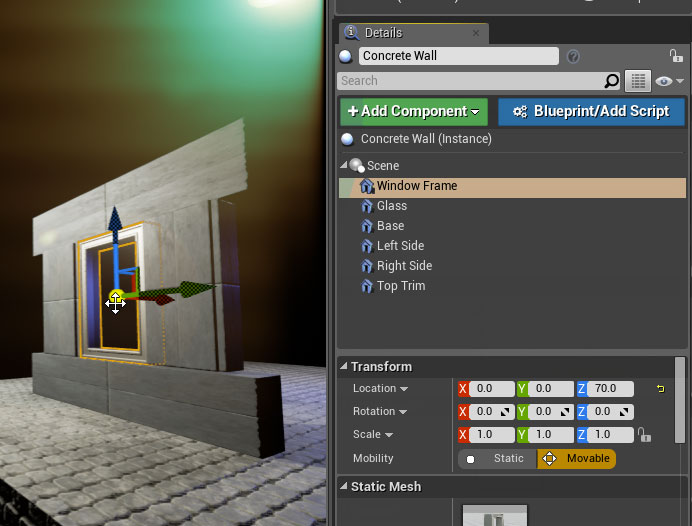
Last year, the company made UE4 available for use via a monthly $19 subscription, which opened up the community to now include a wiki, answer hub, active community forums, marketplace and collaborative projects via GitHub. The company describe it as an ecosystem, which it is in many ways.
Epic are also refunding the most recent few months subscription payments back to users, as a show of good faith to those who had been paying for its use. Including a $30 credit for the UE marketplace, to everyone who has ever paid for a subscription for the software.
This free release will come as a massive advantage to those interested in creating content for virtual reality. The latest release includes a new “VR Preview” feature, allowing editors to be fully immersed into their project whilst developing and building their characters, to see how they work in their environment.
The latest updates includes features that filmmaker’s can incorporate into their projects.
NEW FEATURES:
- Animation Editing System: You can now edit animations right inside the Persona animation tool, all of your animation curve edits will be stored on an “additive layer”. Scrub the time slider, select, move and rotate bones using the gizmo and set keys at any frame.
- Instant Bone Controller Preview: Nodes can now be adjusted interactively using the viewport gizmo, rather than having to recompile each time.
- Create Animations from Physics: You can now record physics simulation in the physics editor (PhAT) and save that as an animation.
- Morph Target Exaggeration: Targets can now be weighted higher than 100%, allowing for exaggerated poses, or below 0% for inverse poses.
- Realistic Foliage Lighting: The new Foliage Shading Model allows light to be transmitted through grass, leaves, paper, and other materials.
- Foliage Rendering for Open Environments: a new hierarchical system for managing and culling of foliage that scales to millions of instances.
- In-World Component Editing: Components can now be added directly to actors placed in your level without having to create a Class Blueprint first.
- Placeable Empty Actors: You can now drag and drop to place “empty actors, pawns and characters” right into your level.
- Blueprintable Components: Create your own component types using Blueprint scripting, for reuse them on any actor.
- Automatic Asset Importing: Simply save your source art files under your project’s Content folder, and the editor will automatically import the new files, ready to be used in UE4.
- Redesigned Blueprint Editor: All three modes have been unified into a single screen to help streamline your workflow, along with many other improvements.
- VR Preview: Preview your work directly in an Occulous Rift
- OpenEXR HDR Textures: 2D High Dynamic Range textures can now be imported from OpenEXR files, allowing the storage of images with up to 16-bits of data per channel (about 30 stops of exposure.)
- Full Engine C++Source Code & Debug Symbols: Allowing you to seamlessly step into engine code while debugging, and you will have complete call stacks after a crash.
- Leap Motion Plugin (Beta): Allows you to use Leap’s hand tracking technology directly in your project. Their API is exposed in both Blueprints and code, so any project can take advantage of the tech.
For the full list of features and to download UE4, check here: www.unrealengine.com/unreal-engine-4
